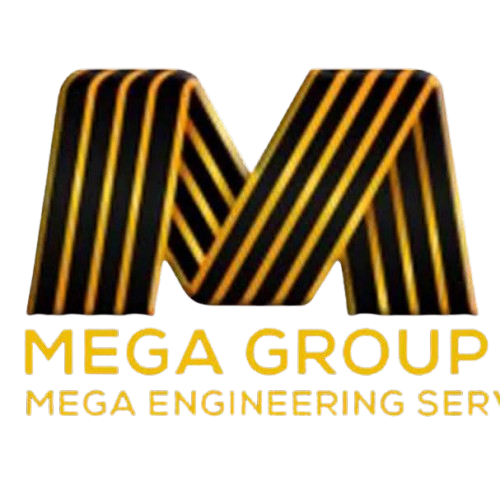FRP (Fiber Reinforced Plastic) and GRP (Glass Reinforced Plastic) pipes and fittings are materials known for their durability, strength, and corrosion resistance, making them suitable for a wide range of industrial and infrastructure applications. Here’s a breakdown of their key features, uses, and benefits:
Key Features
- Corrosion Resistance: Both FRP and GRP are highly resistant to corrosive substances, including chemicals, salts, and water, which makes them ideal for industries like chemical processing, wastewater treatment, and desalination plants.
- Lightweight: These materials are significantly lighter than traditional materials like steel, reducing transportation and installation costs.
- High Strength-to-Weight Ratio: Despite their lightweight nature, FRP/GRP pipes are structurally strong, capable of withstanding high-pressure conditions.
- Thermal and Electrical Insulation: They offer excellent insulation properties, protecting against heat and electrical currents.
- Long Service Life: Due to their resistance to rust and corrosion, FRP/GRP pipes and fittings generally have a longer service life than many other materials.
Common Applications
- Water and Sewage Systems: Commonly used in sewer lines, wastewater treatment facilities, and potable water distribution.
- Oil and Gas: Used for transporting oil, gas, and other chemicals due to their resistance to harsh substances.
- Marine and Offshore: Ideal for pipelines exposed to seawater, as FRP/GRP materials withstand salty, marine environments.
- Construction and Infrastructure: Utilized in cooling water systems, firefighting lines, and HVAC systems in buildings.
Types of Fittings
- Elbows: Used to change the direction of pipes.
- Tees: For branching out the pipeline into multiple directions.
- Reducers: Used to join pipes of different diameters.
- Couplings and Adapters: For joining and connecting pipes in a flexible or rigid form.
Benefits
- Cost-Efficiency: Lower installation and maintenance costs.
- Safety: Provides non-reactive, non-conductive properties, adding a layer of safety in sensitive installations.
- Sustainability: Longer lifespan and low maintenance lead to reduced environmental impact over time.
